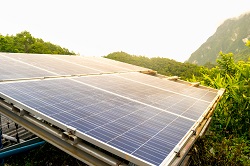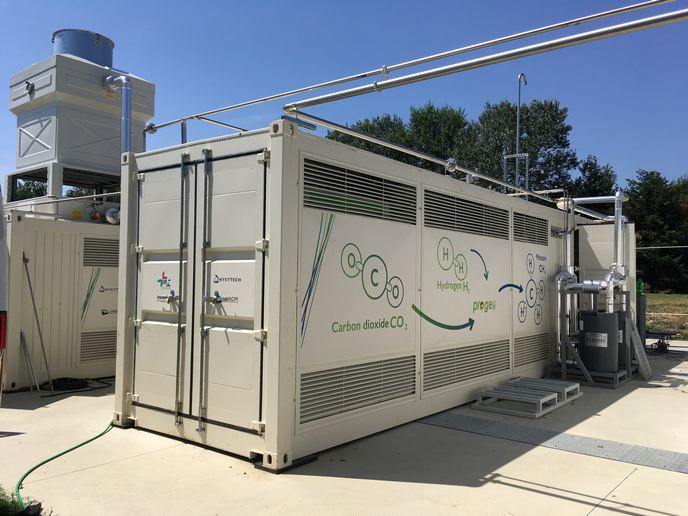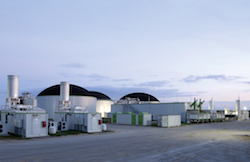Flexible photovoltaic solutions merging high performance and wide reach
Solar energy has become a prominent issue as the world seeks to reduce its dependence on fossil fuels and transition to cleaner, more sustainable sources of electricity. Polymer-based organic solar cells have emerged as a promising alternative to conventional silicon-based photovoltaics thanks to their cost-effective and lightweight design.
Advantages of polymer-based organic solar cells
“New generation polymer-based organic solar cells offer several advantages over traditional solar energy converters, particularly for niche applications,” notes Riccardo Po, the coordinator of LABandFAB, a project funded under the Marie Skłodowska-Curie Actions programme. Their working mechanism is based on photoinduced electron transfer from a polymeric donor to an acceptor molecule, enabling efficient solar energy conversion. In principle, organic photovoltaics can be fabricated using low-temperature printing or coating processes from solvent-based inks, making them compatible with flexible plastic substrates. “Recent laboratory achievements in organic photovoltaics have resulted in power conversion efficiencies up to 20 % thanks to improved materials engineering, careful control of the photoactive layer morphology and the use of specifically tailored device architectures,” explains Po. Despite this progress, the widespread commercial application of the technology remains untapped.
Challenges in commercialising organic photovoltaics
“The commercial success of organic photovoltaic technology hinges on transferring laboratory research results to large-area modules produced in high-throughput printing plants,” adds Po. “However, several factors related to material complexity and fabrication technology continue to hamper organic photovoltaic development.” One critical requirement for printing an active ink solution is achieving a film thickness large enough to avoid pinholes and short circuits in the photovoltaic devices. Most published studies on high-efficiency devices based on non-fullerene acceptors report thicknesses of about 100 nm. While these thicknesses may be compatible with lab-scale deposition techniques such as spin coating, they are not suitable with roll-to-roll deposition techniques. This difference in scalability presents a challenge when transitioning from laboratory research to commercial production. In an effort to overcome these obstacles and commercialise organic photovoltaics, researchers established the LABandFAB project. The project team explored new materials and techniques that could improve the efficiency and stability of the technology. This included the synthesis of a new conjugated polymer with low synthetic complexity (which translates to lower material cost), a power conversion efficiency approaching 10 % and over 2 300 h of shelf-life stability. “We investigated roll-to-roll compatible deposition techniques, such as blade coating, which enable fabricating organic solar cells using non-chlorinated solvents,” remarks Po. “This environmentally friendly approach could significantly reduce the cost and complexity of organic solar cell production, making it more accessible for commercial applications.”
Balancing performance and accessibility
While the pursuit of higher efficiency levels is important, LABandFAB also emphasised the need to strike a balance between performance and accessibility. A meta-analysis revealed the inevitability of a decrease in efficiency in the organic photovoltaic layer owing to increasing thickness. This decrease can only be partially mitigated through the wise use of highly specialised resources. Consequently, a new figure of merit has been proposed to raise awareness amongst researchers of this often overlooked issue. LABandFAB also focused on developing encapsulation methods and alternative predicting approaches for stability studies, which can help streamline the testing and evaluation process for new organic photovoltaic materials and designs. Despite the late start of the LABandFAB project owing to COVID-19 restrictions, significant progress was made in advancing the development of polymer-based organic solar cells. Project findings have contributed valuable insights to the organic photovoltaic research community, resulting in two high-impact publications found in Advanced Materials(opens in new window) and Solar RRL(opens in new window).







